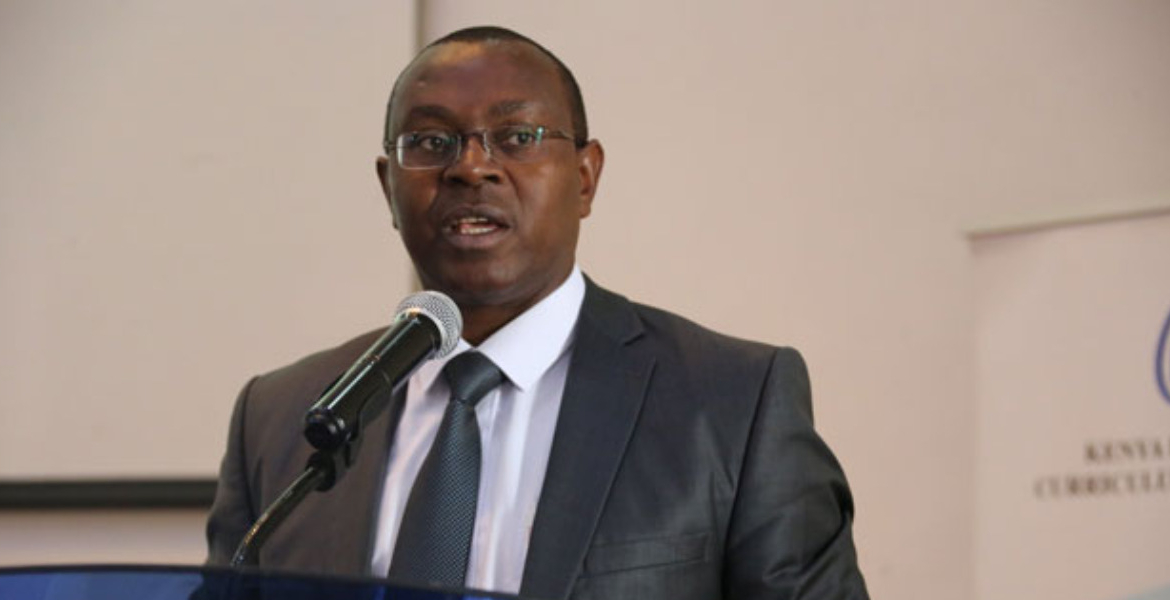How Learners Will Be Placed in Senior Schools Under Kenya’s New Education System

Kenya is on the verge of a major shift in its education system as more than 1.2 million Grade 9 learners prepare to sit for the first-ever Kenya Junior School Education Assessment (KJSEA) this November.
This exam marks the end of their junior school journey and will play a key role in determining their placement into senior schools under the Competency-Based Education (CBE) system, which is set to launch in January 2026. However, concerns over the credibility and fairness of the assessment process are already surfacing.
The KJSEA forms the final part of a three-stage evaluation model that aims to move away from traditional rote learning and instead focus on a broader understanding of each learner’s skills and potential career path. The full assessment includes the Kenya Primary School Education Assessment (KPSEA) taken in Grade 6, which counts for 20 percent of the final score, along with School-Based Assessments (SBAs) conducted in Grades 7 and 8, contributing another 20 percent.
The KJSEA itself will account for the remaining 60 percent. Together, these components are intended to create a detailed learner profile to guide placement into the appropriate senior school track. The Kenya National Examination Council (Knec) has defended the new assessment model, pointing to data from earlier SBAs that showed low average scores, which they say demonstrate minimal grade inflation.
Knec’s Chief Executive Officer, Dr David Njengere, maintains that these results support the credibility of the process. However, several education stakeholders remain sceptical, especially regarding the reliability of school-based assessments, which carry significant weight in a student’s final evaluation.
The National Schools Forum is among those expressing concern. One of the main criticisms is that SBAs are administered and marked by the same schools whose students stand to benefit, raising the risk of inflated scores. Dr Silas Mwirigi, Chief Principal of Kagumo High School, warns that some teachers may feel pressured to award higher marks to help their students gain admission to top national schools. This, he argues, could compromise the fairness and objectivity of the process.
Under the CBE system, senior schools will offer three specialised pathways: Social Sciences, Arts and Sports, and Science, Technology, Engineering and Mathematics (STEM). While many schools are expected to focus on one or two of these tracks, national schools are required to offer all three, supported by their better infrastructure and teaching capacity.
This has raised concerns about unequal access, as students in less-resourced schools may not have the same opportunities, especially if their schools cannot provide all pathways. Another feature of the new system is the use of learner portfolios, particularly important for students choosing the Arts and Sports pathway. These portfolios are meant to document students’ skills, interests, and achievements, offering a more personalised view of their potential and helping guide career decisions.
Dr Njengere has emphasised the importance of allowing students to pursue pathways that align with their genuine interests and talents, urging schools and parents to provide thoughtful guidance rather than impose choices. Recent examples, such as a standout performance by a student from Migori County at the Kenya Music Festival State Concert, illustrate how the portfolio system can spotlight emerging talent. Still, questions remain about whether such outcomes can be achieved consistently across the country.








Add new comment